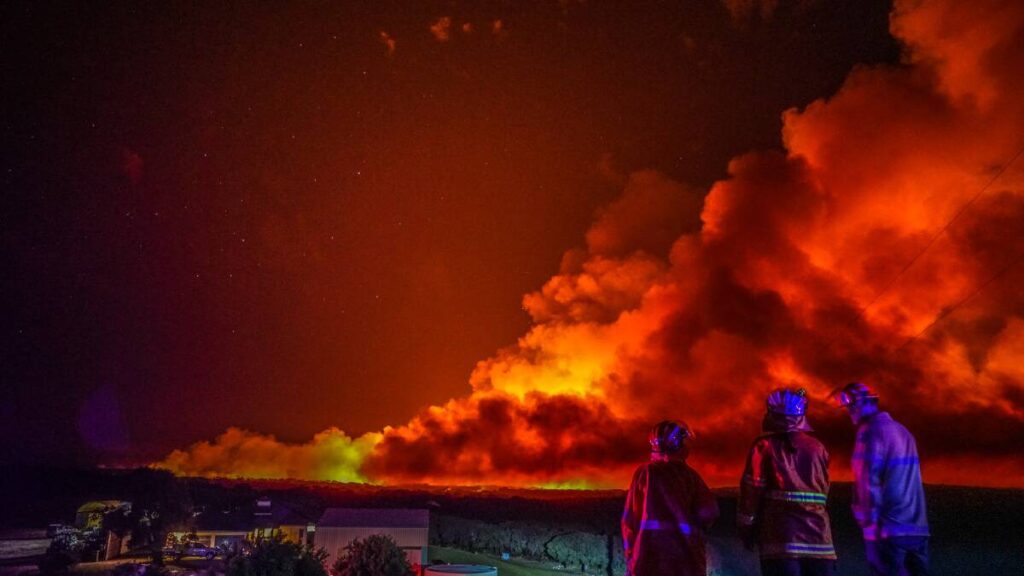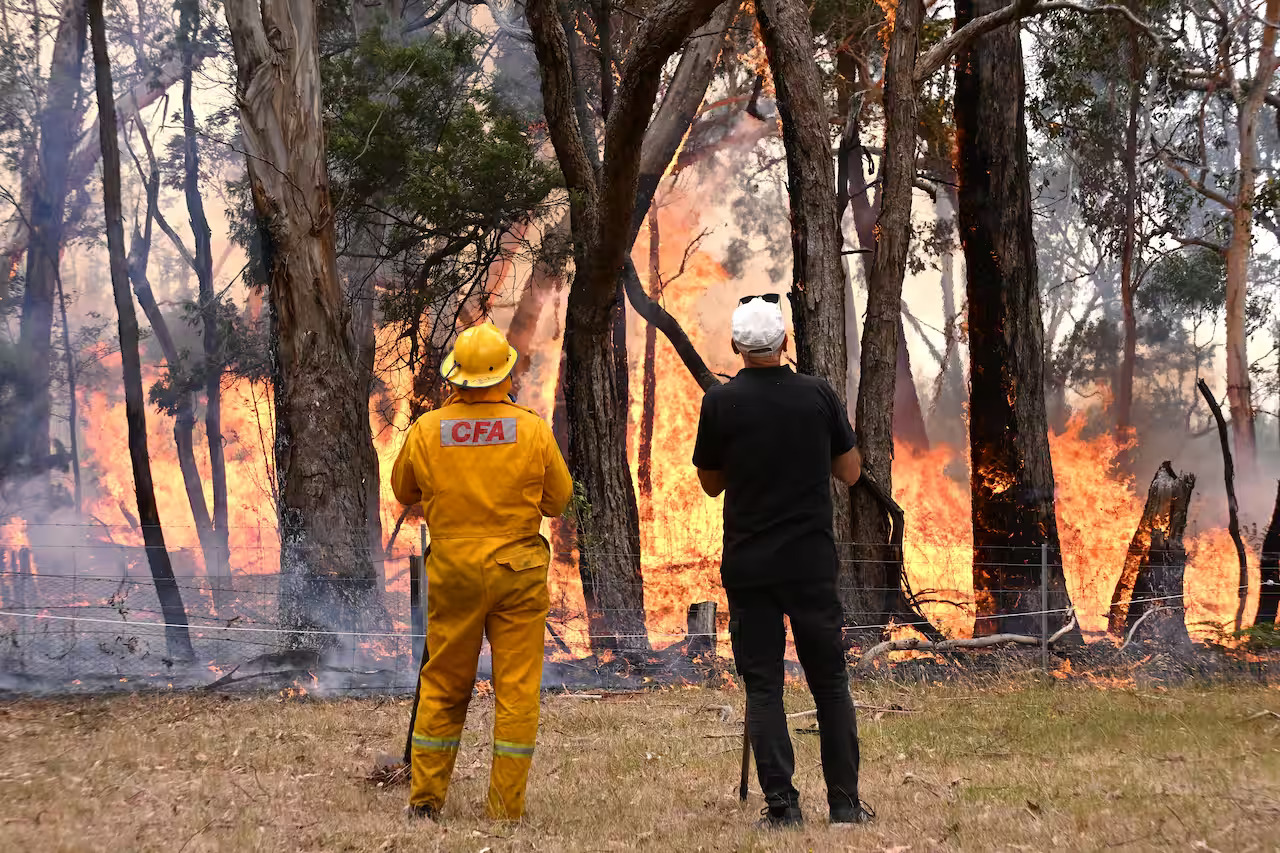As the frequency and intensity of bushfires increase globally, fueled by climate change, the importance of robust legal and policy frameworks in managing and mitigating these disasters cannot be overstated. This blog explores the various laws and policies that govern bushfire risk assessment and management, highlighting their crucial role in safeguarding communities and guiding response efforts.
The Evolution of Bushfire Legislation
The evolution of bushfire legislation is a reflection of a growing awareness of environmental vulnerabilities and the need for sustainable practices. As climate change continues to alter weather patterns and increase the risk of bushfires, governments worldwide are shifting from a reactive to a more preventative and adaptive approach.
Australia
The journey of Australian bushfire legislation is particularly notable. The catastrophic Black Saturday bushfires of 2009, which resulted in significant loss of life and property, led to sweeping changes in bushfire management policies. The subsequent inquiries and reports emphasised the need for a unified national approach that not only focuses on fire suppression but also on community resilience, early warning systems, and improved land and resource management.
United States
In the U.S., the approach has traditionally been fragmented, with state and federal agencies often having overlapping responsibilities. Recent years have seen a push towards more unified and comprehensive federal policies that aim to streamline responses and funding, enhance forest management, and promote recovery and resilience efforts to cope with the increasing incidence of large-scale wildfires.
Portugal
After facing severe wildfires in 2017, Portugal implemented significant legislative reforms aimed at improving land management, tightening regulations on eucalyptus plantations—which are highly flammable—and enhancing the integration of rural firefighting teams into a national emergency management framework.
Key Components of Effective Bushfire Legislation
Effective bushfire legislation typically encompasses several key areas:
Advanced Risk Assessment Techniques
Modern legislation increasingly incorporates advanced technologies and data analytics to enhance risk assessment. For example, the use of satellite imagery and geographic information systems (GIS) provides detailed and real-time data that help in assessing fire risks more accurately and tailoring mitigation strategies accordingly.
Integrated Land Management Approaches
Beyond controlled burns and clearing, effective legislation now emphasises ecological sustainability. This includes restoring native vegetation that is less fire-prone and implementing agroforestry practices that can help maintain the ecological balance and reduce fire hazards.
Innovative Building and Urban Planning Standards
As part of urban planning, there is a growing focus on creating ‘fire-smart’ communities. This includes designing homes and communities in ways that minimise the risk of fire spread, such as establishing non-combustible zones around properties and using fire-resistant building materials.
Enhanced Community Engagement Programs
More comprehensive legislation supports ongoing education and engagement efforts that go beyond simple preparedness. These programs foster community-based monitoring systems, involve residents in fire management planning, and utilise social media and mobile applications to disseminate information rapidly during emergencies.
Robust Emergency Response and Recovery Frameworks
Updated legislation provides clearer protocols for not only immediate response but also long-term recovery. This includes mental health support, economic assistance for affected businesses and individuals, and strategies for ecological restoration post-fire events.

Case Studies: Lessons from Around the World
Examining how different regions manage bushfire risks can provide valuable insights:
- Australia: With its Bushfire Cooperative Research Centre, Australia invests in bushfire research and uses the findings to inform policies and practices. The country’s approach emphasises community readiness and resilience, integrating traditional knowledge with modern science in its fire management practices.
- United States: The U.S. Forest Service manages fire risk through a combination of policies that include fire suppression, controlled burns, and public education programs. The Healthy Forests Restoration Act of 2003 is a key legislative measure aimed at reducing wildfire risks through forest management.
- Portugal: After devastating fires in recent years, Portugal has revamped its approach to bushfire management, focusing more on prevention through stringent land management laws and improved coordination between firefighting agencies.
Challenges and Future Directions
Despite advancements, bushfire management faces numerous challenges. These include the need for better integration of scientific research into policy-making, improving public awareness and engagement, and addressing the challenges posed by climate change. Looking ahead, policymakers must focus on adaptive legislation that can respond to the evolving nature of bushfire risks, ensuring that laws and policies remain effective under changing climatic conditions.
In Summary
The increasing impact of bushfires across the globe underscores the necessity for comprehensive legal and policy frameworks that can effectively address these risks. By learning from the experiences of various countries and continuously adapting our approaches, we can hope to better prepare for and respond to bushfires, minimising their impact on our communities and environments. Through a combination of proactive risk management, robust legislation, and community engagement, we can enhance our resilience against this growing threat.
This discussion aims to provide a thorough understanding of how legal frameworks shape bushfire risk management globally, reflecting on both successes and areas for improvement.




